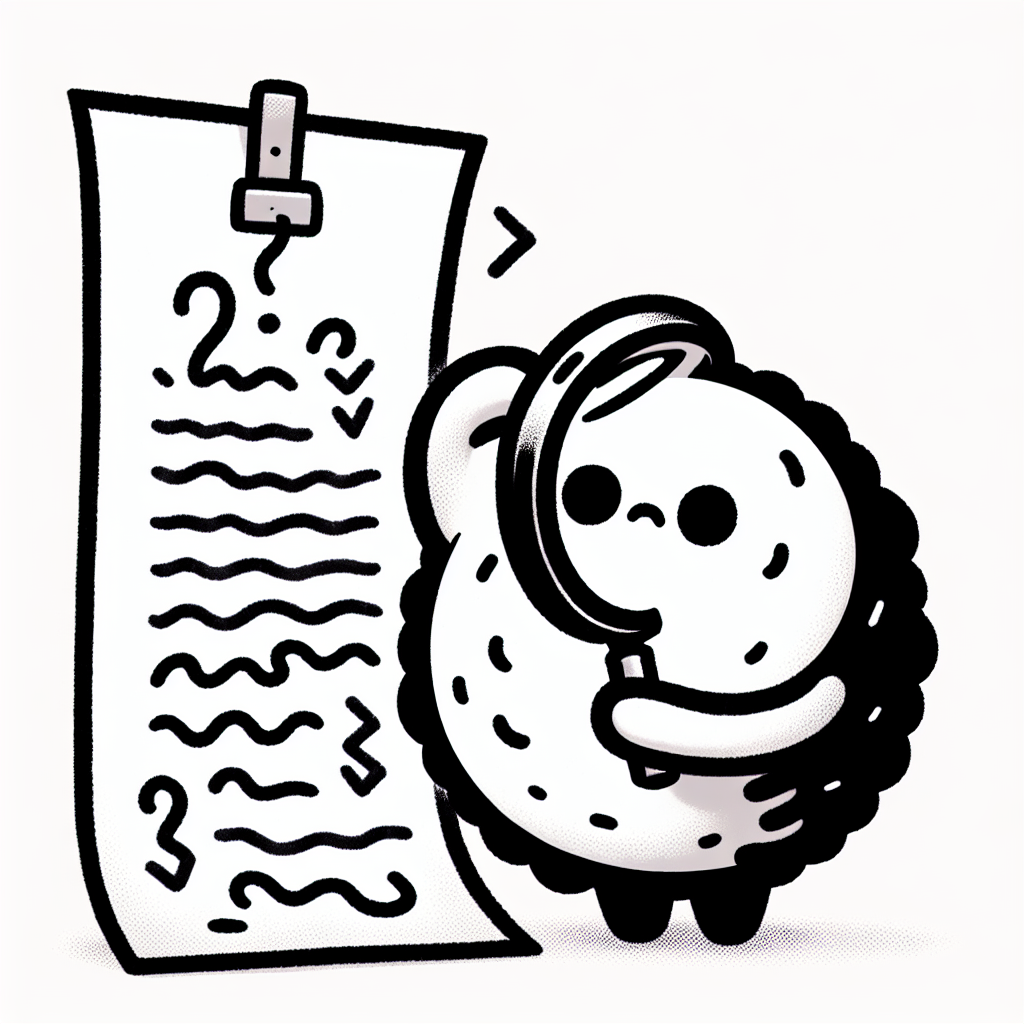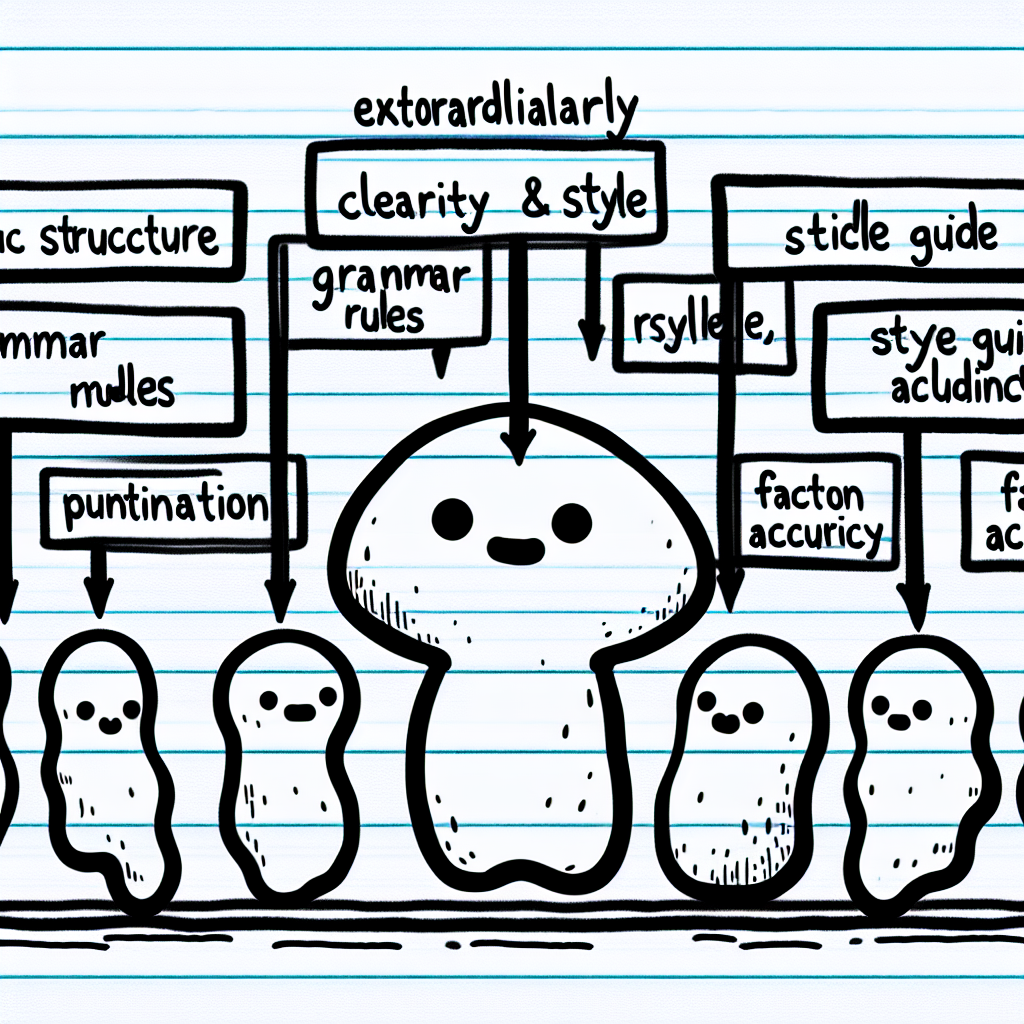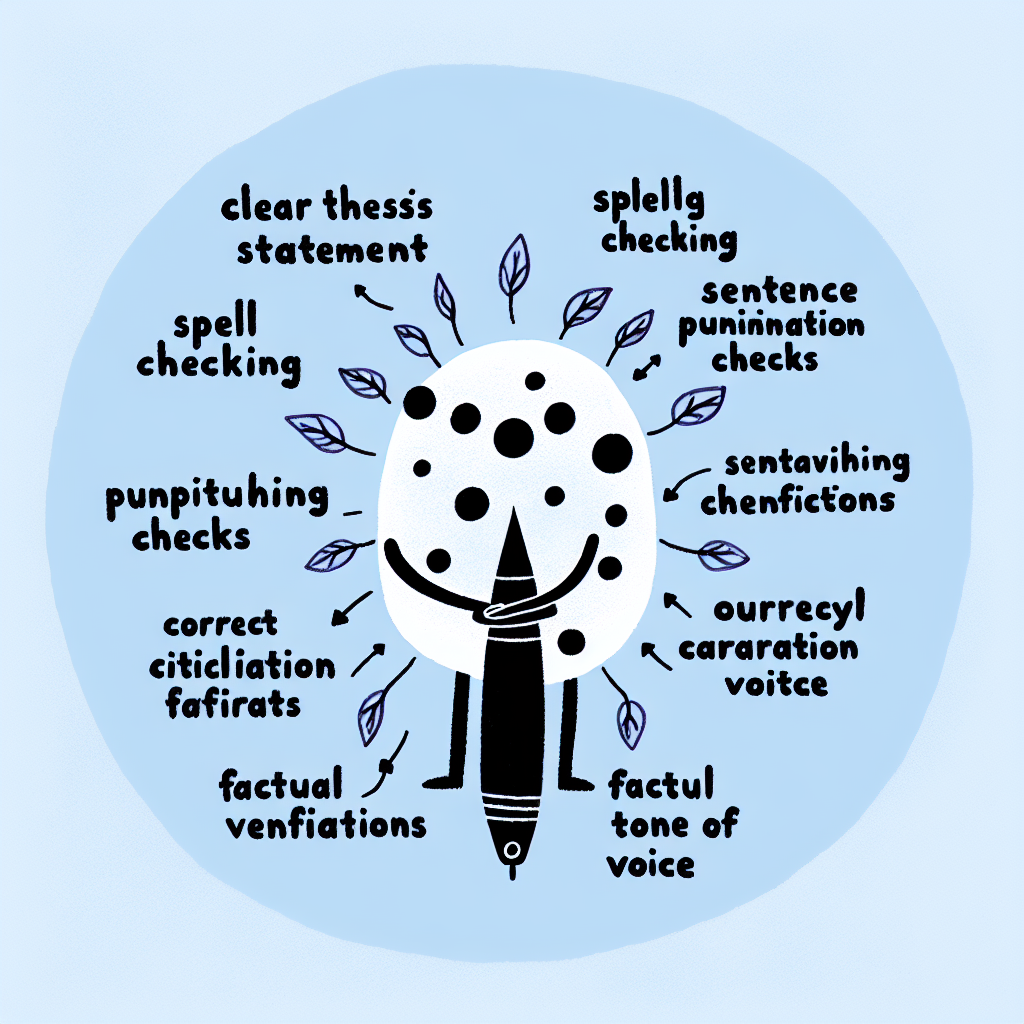Why Proofreading Matters
The Role of Proofreading in Academic Excellence
Using an effective essay proofreading checklist is essential to achieving academic excellence. Proofreading enhances clarity, coherence, and professionalism by ensuring that the final version of an essay communicates ideas effectively and precisely. It helps eliminate grammatical, stylistic, and factual errors that can distract readers and weaken arguments. By thoroughly proofreading, students also improve the overall credibility and readability of their work, making a stronger impression on instructors and peers.
Editing vs. Proofreading: Know the Difference
While both editing and proofreading are important steps in the writing process, they serve different purposes. Editing focuses on improving the content, structure, and logical flow of an essay. It involves reorganizing paragraphs, refining arguments, and ensuring that the narrative is compelling and coherent. In contrast, proofreading targets surface-level errors such as grammar, punctuation, spelling, and formatting.
An essay proofreading checklist specifically addresses these final details, ensuring that the document is polished and free from distracting mistakes. Recognizing the difference between editing and proofreading allows writers to approach their revisions more effectively and systematically.

✅ The Comprehensive Proofreading Checklist
An effective essay proofreading checklist ensures that your writing is clear, coherent, and academically sound. Use the following categories to guide your review process:
1. Content and Structure
Thesis and Purpose
- Is there a clear, original, and arguable thesis statement?
- Does each paragraph support the central argument?
(George Mason University)
Paragraph Organization
- Are paragraphs logically ordered?
- Do topic sentences align with the thesis?
- Are transitions smooth and effective?
2. Clarity and Style
Sentence Clarity
- Are sentences concise and free of redundancy?
- Is passive voice minimized where unnecessary?
(University of Illinois Springfield)
Word Choice
- Avoid clichés and jargon
- Use precise academic language
(Colorado State University Extension)
Tone and Audience Awareness
- Is the tone appropriate for the assignment?
- Have you considered how the reader will interpret your arguments?
(East Stroudsburg University)
3. Grammar and Mechanics
Grammar
- Check subject-verb agreement, verb tense consistency, and pronoun clarity
- Eliminate run-on sentences and sentence fragments
Punctuation
- Review use of commas, semicolons, colons, and quotation marks
(University of Illinois Springfield)
Spelling
- Don’t rely solely on spell check
- Read backwards to catch spelling errors
(University of North Carolina at Chapel Hill)
4. Formatting and Citations
Formatting
- Follow assignment-specific style guides (APA, MLA, Chicago, etc.)
- Ensure consistent font, spacing, and margins
Citations
- Double-check in-text citations and reference list
- Ensure all sources are properly credited
(University of Illinois Springfield)
5. Factual Accuracy and Coherence
- Verify facts, data, figures, and names
- Ensure your content answers: Who? What? When? Where? Why? How?
(Colorado State University Extension)

🛠️ Top Strategies for Effective Proofreading
An effective essay proofreading checklist includes strategies that help you catch errors and improve clarity. Here are some of the top techniques:
⏳ Take a Break Before Proofreading
Set your paper aside for a few hours or even overnight. This creates distance between you and your writing, allowing you to return with a fresh perspective and spot issues you might have overlooked earlier (University of Illinois Springfield).
📣 Read Aloud
Reading your essay aloud forces you to slow down and process each sentence. This method helps reveal awkward phrasing, missing words, and unclear sentences that you might not notice when reading silently (East Stroudsburg University).
🔍 Focus on One Error Type at a Time
Rather than trying to catch all mistakes at once, focus on one category per read-through. For example, begin with grammar errors, then check punctuation, followed by formatting. This targeted approach makes your essay proofreading checklist more manageable and thorough (University of North Carolina at Chapel Hill).
👥 Get a Second Opinion
Having someone else review your essay—especially someone unfamiliar with the topic—can help identify confusing sections or overlooked mistakes. A peer or tutor can provide valuable feedback and fresh insight (East Stroudsburg University).
🧾 Create a Personalized Checklist
Keep track of the errors you commonly make, such as subject-verb agreement or misplaced commas. Use these patterns to build a personalized essay proofreading checklist you can apply to future work (University of Illinois Springfield).

📋 Sample Personalized Proofreading Checklist
Using a structured essay proofreading checklist can help ensure clarity, coherence, and accuracy in your writing. Below is a sample personalized proofreading checklist tailored for academic essays:
- Thesis statement is clear and arguable: The central argument should be specific, debatable, and clearly stated in the introduction.
- Each paragraph has a topic sentence: Make sure each paragraph begins with a sentence that clearly introduces its main point.
- No spelling or punctuation errors: Check for common mistakes such as homophones, misplaced commas, and run-on sentences.
- Sentences are concise and active: Avoid wordiness and passive voice to improve readability and engagement.
- Proper citation format is followed: Ensure all sources are cited accurately in the required style (e.g., APA, MLA, Chicago).
- Transitions flow smoothly between ideas: Logical connectors should guide the reader through your argument seamlessly.
- All facts and figures are verified: Double-check statistics, dates, and names for accuracy and consistency.
- Tone is academic and appropriate: Maintain a formal tone suitable for scholarly writing, avoiding slang or overly casual language.
This checklist supports a thorough review of your essay and helps align your work with academic standards.

📚 Additional Resources
For those looking to further refine their skills and reinforce the use of an effective essay proofreading checklist, the following resources offer valuable guidance:
- University of Illinois Springfield – Editing and Proofreading: This resource outlines the key differences between editing and proofreading, and offers practical strategies for both stages.
- East Stroudsburg University – Proofreading Strategies: A concise guide that provides step-by-step proofreading techniques to enhance clarity and correctness in academic writing.
- Colorado State University Extension – Proofreading Checklist: A comprehensive essay proofreading checklist designed to help writers systematically identify and correct common writing errors.
- George Mason University – Editing Checklist: This editing checklist focuses on higher-order concerns and is a useful companion to a proofreading checklist, especially for ensuring logical flow and structure.
- UNC Chapel Hill – Editing and Proofreading: Offers a clear explanation of the revision process with helpful tips for both editing and proofreading academic essays.
These resources complement any essay proofreading checklist by offering diverse perspectives and structured approaches for improving writing quality.

Conclusion
Mastering the art of proofreading is essential for producing polished, persuasive, and professional essays. A consistent approach to reviewing grammar, spelling, punctuation, structure, and clarity ensures that final drafts are accurate and effective. Using an essay proofreading checklist not only streamlines the editing process but also helps writers catch common errors and improve the overall coherence of their work. By applying this method regularly, students can enhance the quality of their writing and build greater confidence in their academic performance.














